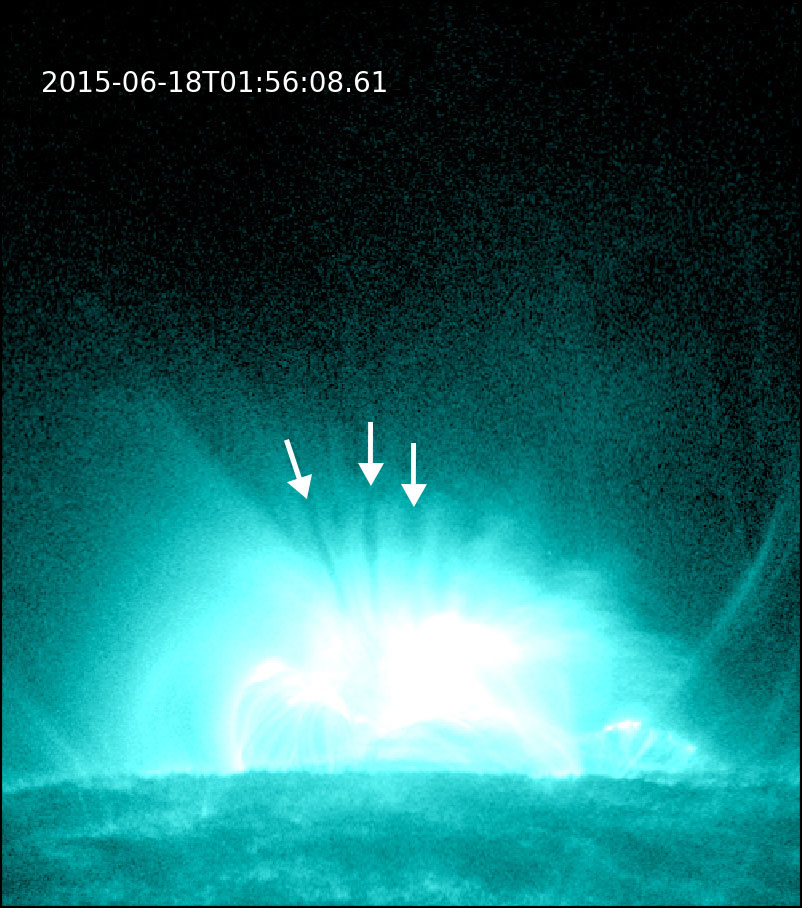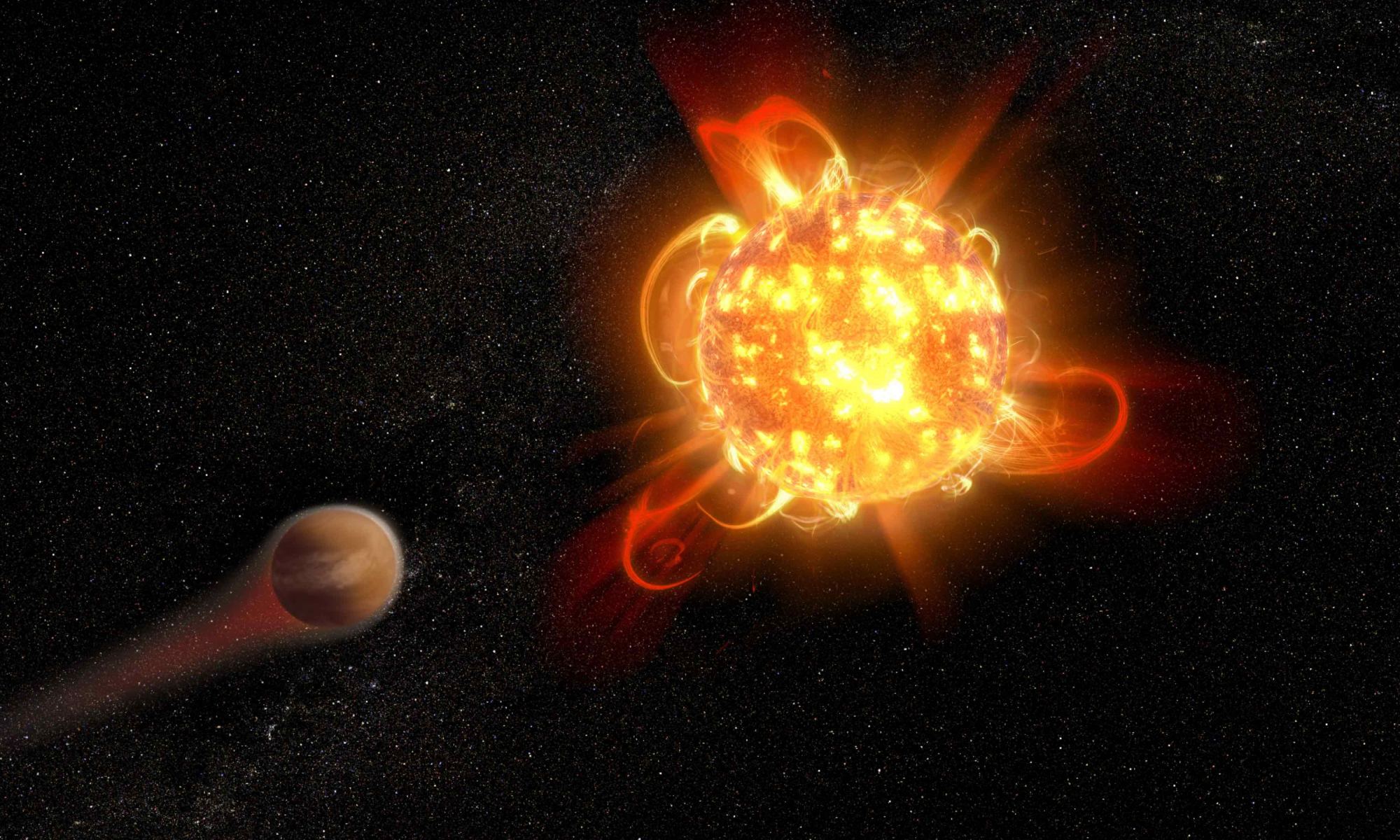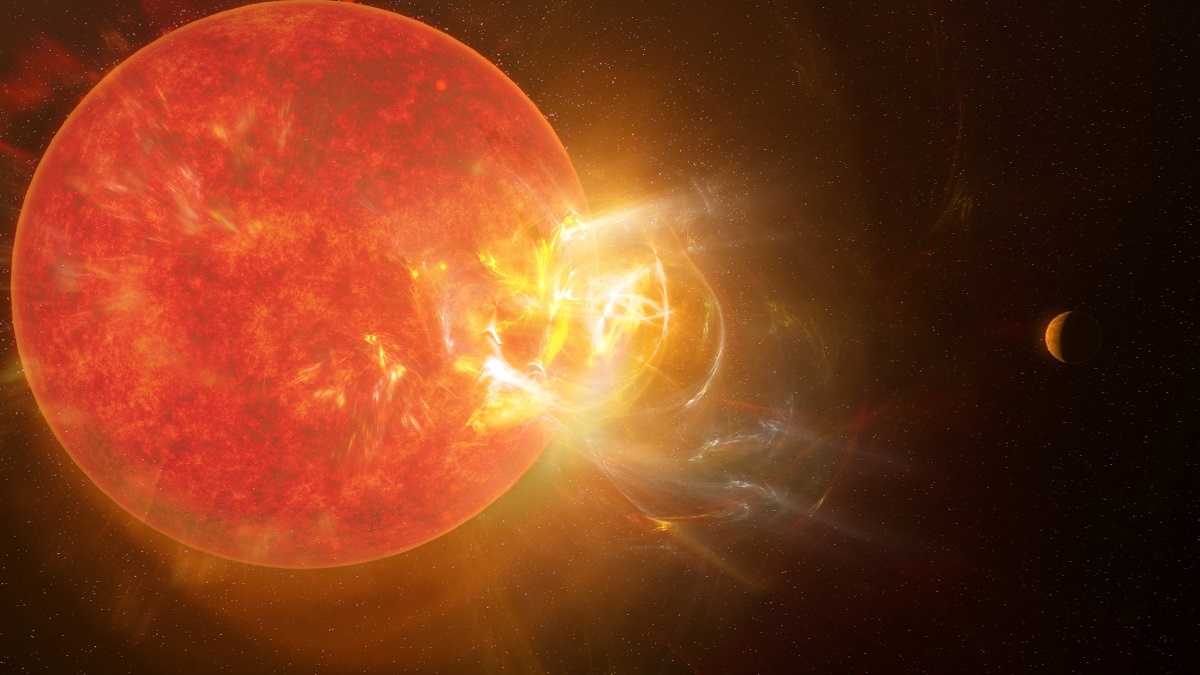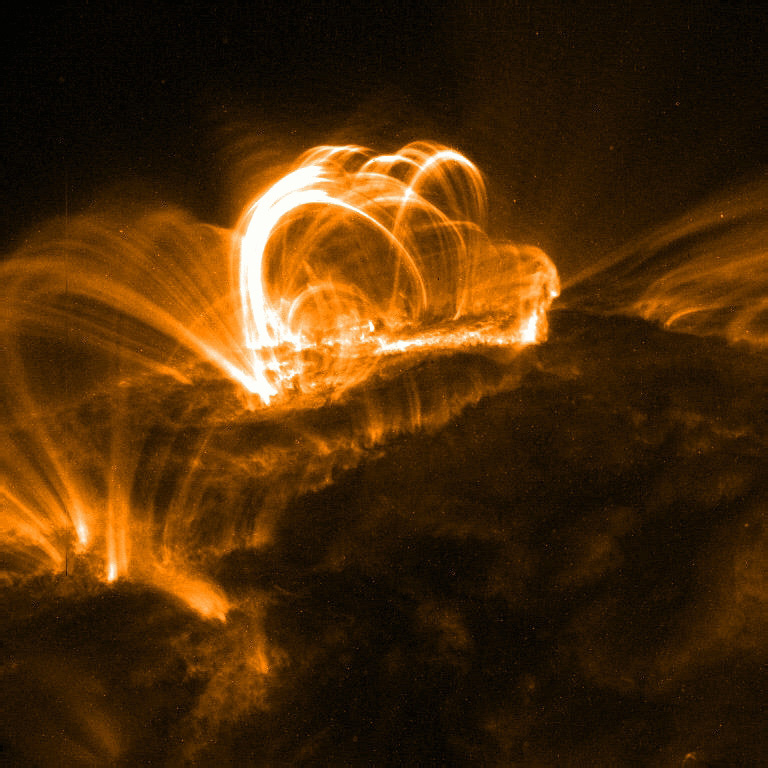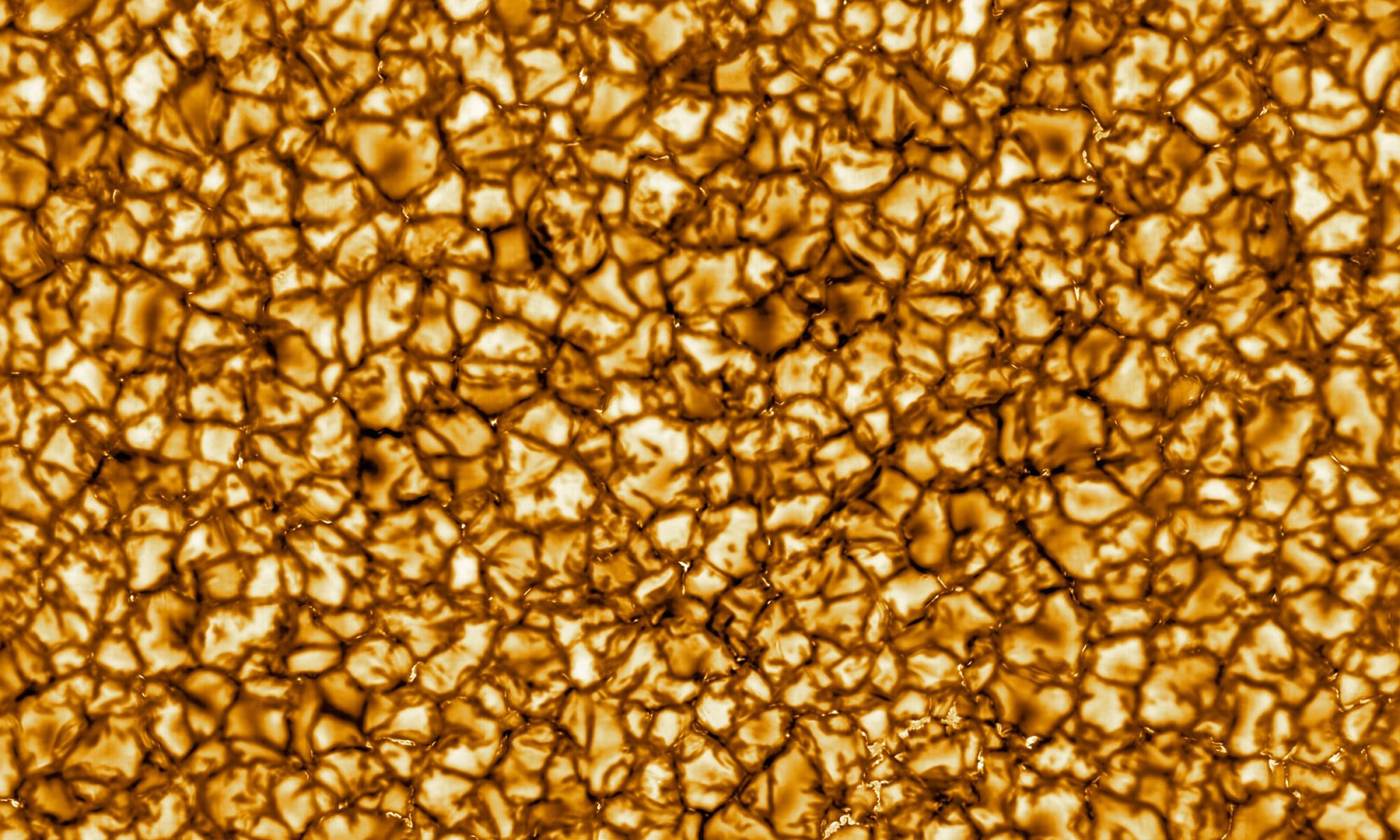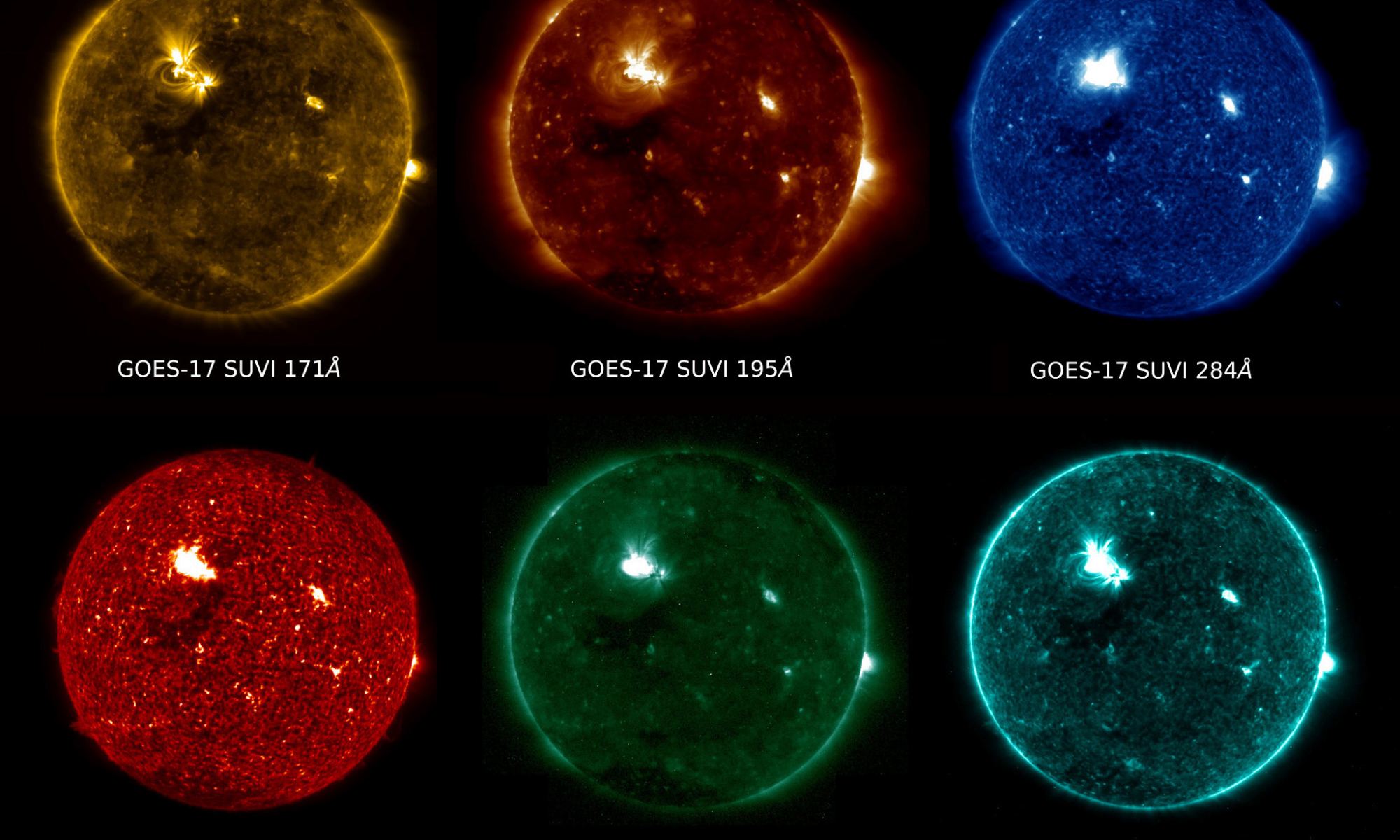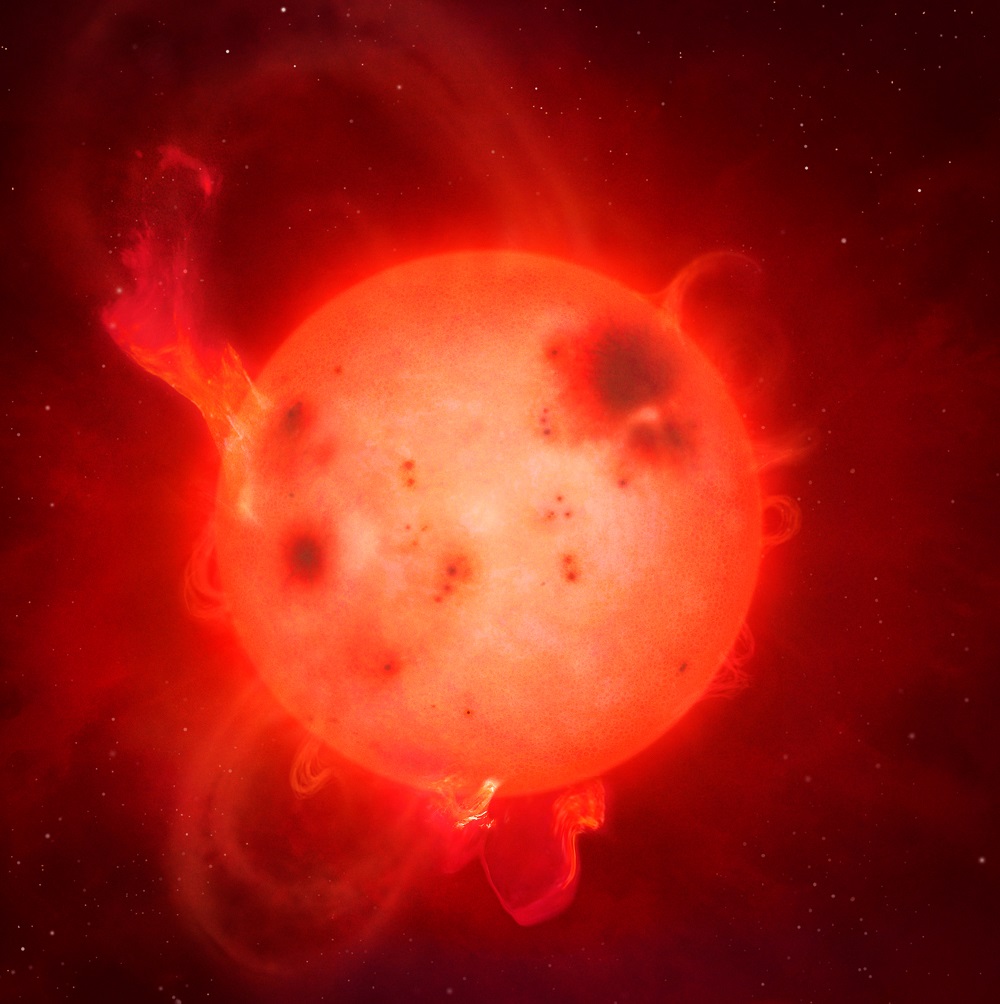Solar flares are complex phenomena. They involve plasma, electromagnetic radiation across all wavelengths, activity in the Sun’s atmosphere layers, and particles travelling at near light speed. Spacecraft like NASA’s Solar and Heliophysics Observatory (SOHO) and the Parker Solar Probe shed new light on the Sun’s solar flares.
But it was a Japanese-led mission called Yohkoh that spotted an unusual solar flare in 1999. This flare displayed a downward flowing motion toward the Sun along with the normal outward flow. What caused it?
A team of researchers think they’ve figured it out.
Continue reading “During a Solar Flare, Dark Voids Move Down Towards the Sun. Now We Know Why”
